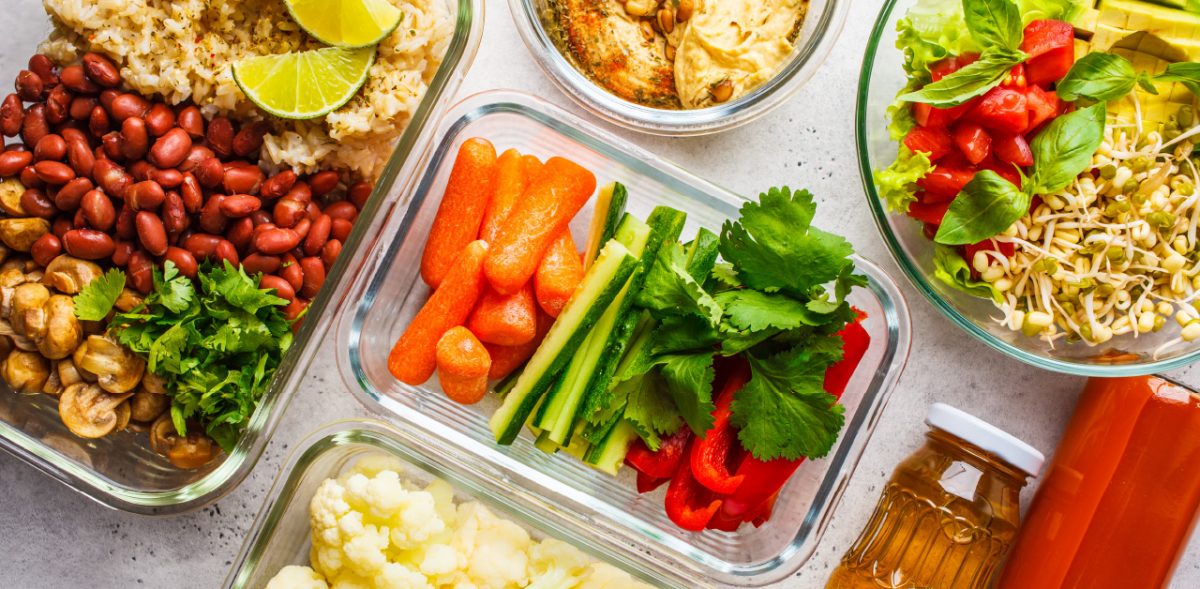Top Food Safety Tips

September is National Food Safety Month, and now is a perfect time to increase awareness of food safety education.
According to researchers, there are over 250 foodborne illnesses present in the world today. These can cause a wide variety of symptoms from mild to life-threatening in humans. The best way to prevent these food-related illnesses from passing between people is through safe food preparation practices.
If you want to keep the food in your home kitchen, restaurant, etc., safe, read on. This article will detail some top food safety tips that you can use whenever and wherever you’re preparing food.
1. Keep Everything Clean
Cleaning is the best way to keep bacteria, viruses, and other germs away from food and people. You should clean anything that has touched and/or will touch food. It is also even more important to clean items that have touched common sources of contamination.
Your hands, for example, need to be washed thoroughly before you begin to prepare food. You should also clean them after you’ve touched dirt, diapers, and raw meats, as these are common sources of germs. Similar rules should be followed for surfaces and kitchen tools such as pans and spoons.
2. Separate Certain Food
Raw meats are a common source of germs. Be sure to separate raw and cooked foods.
You also need to prevent raw meats from dripping onto ready-to-eat foods in the storage. To do this, you need to stack vegetables and fruits above raw meats when you put them in the fridge or freezer.
3. Cook Food According to Guidelines
According to the Food and Drug Administration site, certain meats need to reach certain temperatures when they cook. These meats are only safe to eat after they have reached this temperature. At that point, most of the dangerous germs and viruses have died.
You can use a food thermometer to measure the internal temperature of these meats. Once meat has reached this temperature, you can take it out of the oven and serve it.
4. Refrigerate Foods Properly
In addition to ideal cooking temperatures, most foods have ideal refrigeration temperatures. This also kills any bacteria that are present in the foodstuffs.
Beyond that, you must make sure that you put food into the fridge at least 2 hours after cooking or bringing food home from the store. You should also thaw food in the fridge or microwave instead of on the counter. Not doing this will make it easy for bacteria to settle on the food and thrive on it.
When to Come to Physicians Premier
These are just a small fraction of the amount of food safety tips that you can learn. After reading this article, be sure to do some of your research about food preparation. You can learn the answers to questions like ‘what is a foodborne illness,’ ‘when should I throw out old food’, and more.
Also, if you suspect that you have contracted food poisoning, visit our emergency room in Cibolo, TX. Our emergency facility will provide you with the best care closest to home with expert medical staff and the latest equipment.
Sources:
FDA. (2021, October 28). Food safety at home – fact sheet. U.S. Food and Drug Administration. Retrieved September 13, 2022, from https://www.fda.gov/consumers/free-publications-women/food-safety-home
Centers for Disease Control and Prevention. (2020, March 18). Foodborne germs and illnesses. Centers for Disease Control and Prevention. Retrieved September 13, 2022, from https://www.cdc.gov/foodsafety/foodborne-germs.html


